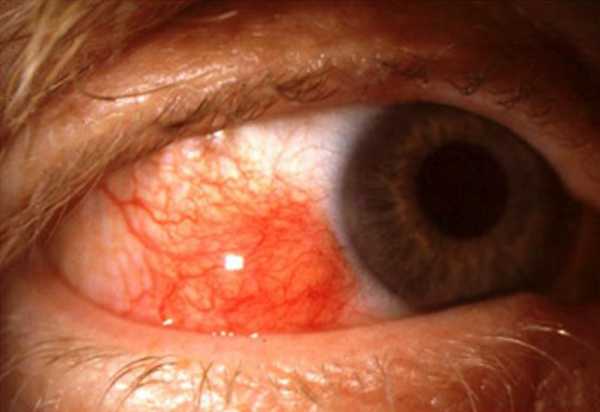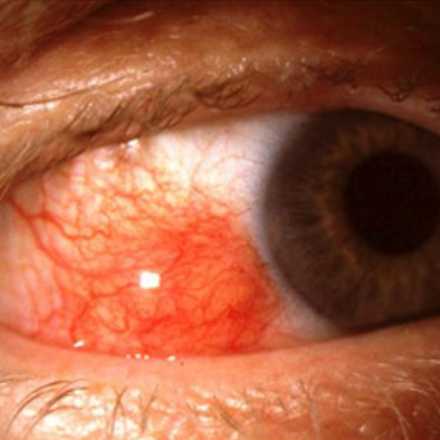
Ophthalmology Terminology N
Nanophthalmos. Small eye but with normal structures and functions.
Nasolacrimal Duct Obstruction. Obstruction in the drainage system of tears from the eye to the nose. This obstruction will cause excessive tearing and sometimes can cause infection of lacrimal sac.
Neovascular Glaucoma. High intraocular pressure which occurs due to abnormal blood vessels that are formed at the angle of the eye and cause angle closure. There are many causes of these abnormal blood vessels and the most common two causes are Diabetic Retinopathy and Central Retinal Vein Occlusions
Nevus of Ito. Cutaneous pigmentation that occurs in the shoulder area. Usually it occurs in association with Nevus of Ota.
Nevus of Ota. Subepithelial pigmentation that occurs in the distribution of first and second branches of trigeminal nerve. It involves sclera and episcleral area of the eye.
Non-organic Blindness. Visual loss without any abnormalities in the eye and the visual pathways to the brain
Non-proliferative Diabetic Retinopathy. Damages to the retina that occur due to Diabetes Mellitus without the formation of abnormal blood vessels or abnormal fibro-vascular membrane.
Nothnagel’s Syndrome. Arises from A lesion to the Oculomotor nerve nucleus and the superior cerebellar peduncle. This will cause Oculomotor Palsy in the same side of the lesion and cerebellar ataxia on the other side.
Nyctalopia. Night blindness due to diseases that affect the peripheral part of the eye such as retinitis pigmentosa.
Nystagmus. Involuntary eye movements that are rhythmic in nature. It can be physiological or pathological nystagmus.





